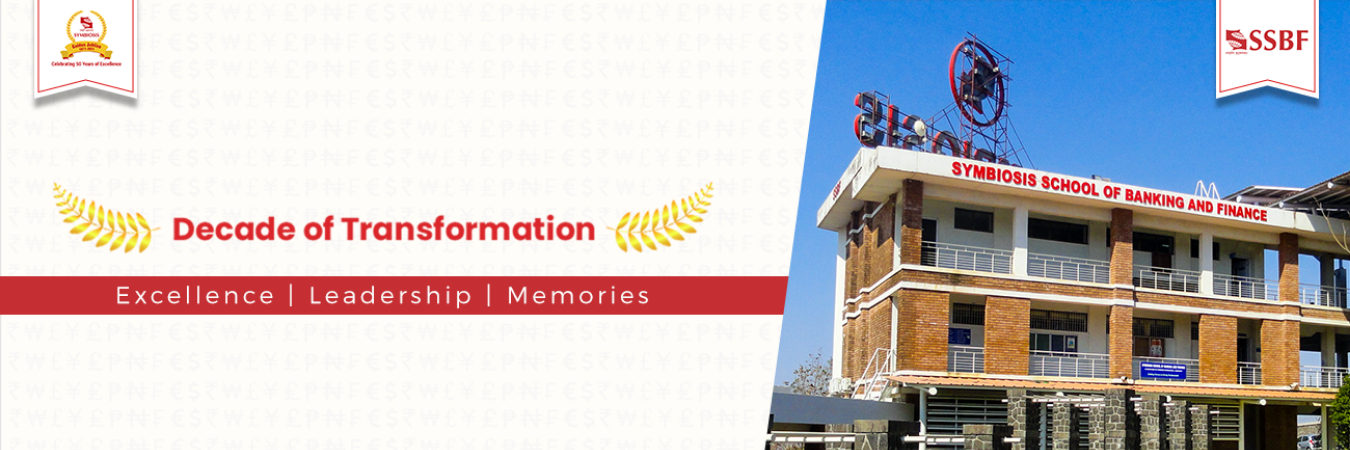
Technological advances have transformed how we speak, listen, buy, and do business during the last few years. The way individuals interact with their money, what they expect from financial institutions, and how those businesses operate have all undergone constant change as a result of emerging technologies. Consumer perceptions and interactions with money are changed as a result of modern procedures being made simpler, more efficient, error rates dropping, and communication being better.
Financial institutions, however, stand to benefit the most from these technologies. Two new technologies in the financial services industry, chatbots and automation, reduce labour hours, improve client relationships, and increase profitability. You may adapt to many of them and benefit much from them even though the impact of new technology on financial services will vary depending on the function. Since companies across all industries are currently focusing on providing their users with a better experience, the banking sector is not far behind. Digital banking and mobile banking apps are two recent industry changes that have been successful in capturing an increasing share of consumer transactions. Additionally, it is more critical than ever to offer a smooth banking experience in light of the rise of technological disruptions like artificial intelligence (AI), machine learning, and Internet of Things capabilities.
Platforms for Bank’s Digital Experience
Despite the fact that digital experience platforms are nothing new, financial institutions are now able to revolutionise a still-emerging area of the financial services business thanks to current technology. For instance, users can access information and maintain their privacy with hybrid cloud (cloud/server) solutions. The integration of intelligent data in real-time for enhanced analytics, personalization, and digitization is another capability of hybrid platforms.
The advent of API platforms, which enable users to connect their financial data to other apps and vice versa, is one of these advances. Although many financial institutions have opposed API, many U.S.-based companies are now following EU legislation that mandate enterprises give open API. Consumers can gain from open banking in a variety of ways, such as through sharing information with third-party budgeting software and using money-management tools, which enables smaller financial institutions that cannot afford to directly offer these services to customers to do so.
Blockchain
Blockchain is a new financial services technology trend that is revolutionising the financial world as we know it, although adoption of it is still somewhat slow. One of the biggest potential currently available to banks and other financial institutions is the blockchain technology, which powers Bitcoin. Major financial institutions like JP Morgan Chase have implemented blockchain technology. For instance, Accenture predicts that investment banks may save $10 billion by shifting clearing and settling procedures to blockchain.
Despite being one of the most popular emerging technologies in the financial services sector, blockchain is not yet widely available. While some businesses are creating broader solutions, the majority of banks are implementing blockchain solutions on their own, including checking, money processing, trade finance, etc. Smaller financial institutions may face serious obstacles as a result if they lack the resources to find a solution. But with the recent rapid uptake of blockchain, it will soon overtake other common solutions for things like payments, fraud prevention, loan processing, smart contracts, and more.
Artificial Intelligence and chatbots
The digital transformation of banking is increasingly including chatbots and other AI-based tools. They are widely utilised by financial institutions of all sizes, from major banks to local credit unions. While chatbots are its most well-known application, artificial intelligence (AI) also has an impact on back-office operations, product delivery, risk management, marketing, and security. Machines handle operations like data entry, risk assessment, and loan form processing using straightforward algorithms, saving huge banks hundreds of thousands of employee hours. These cutting-edge financial services technologies, which include options to automate various operations like documentation, data interchange, data analysis, customer communication, and much more, are easily accessible to smaller institutions.
Here, delivering consistent quality in external procedures like chatbots, where some institutions frequently fall short, is the biggest issue. In order to avoid machine error, many organisations integrate solutions with manual regulation and management.This is due to the fact that a lot of businesses deal with segregated data sets, issues with regulatory compliance, and the worry that AI won’t be able to accomplish the task. Simply put, this basically means that because financial institutions are concerned, the application of new technologies in financial services may be postponed.
Security, risk mitigation, and cyber-security are some areas where AI is becoming more and more important. Artificial intelligence (AI) is utilised for real-time analytics and monitoring, producing fast notifications when something is detected as a threat because cyber-security threats and other risks cannot be completely eliminated. This enables quicker reactions, lowering the possibility of actual breaches. Long-term applications, adequate setup and onboarding, and quality control can potentially prevent these hazards, despite some claims that new AI projects could increase security issues in businesses that are oblivious of risks.
Financial Services Automation
Robotic process automation, or RPA, is the most widely used form of automation. It merely automates routine, fixed tasks. Automation, as opposed to AI, produces very simple yet reliable results using a simple set of rules (If this Equals then that). These pre-programmed rules can be used with structured (incoming data on interest charts) or unstructured (forms filled out by hand) data to handle digitization, approval, risk flagging, and other operations. A lot of them also have learning patterns, which enable them to improve over time depending on expanding data volumes. RPA is one of the financial services technology developments that enables banks to save costs, eliminate human error, and speed up procedures. Customers benefit from convenience as well because they don’t have to wait as long for human approval.
While it would be inefficient and expensive to build a chatbot, experience portal, or blockchain system from scratch, banks of all sizes are increasingly able to use this cutting-edge financial services technology. Thanks to the efforts of digital experience platforms and developers that design solutions with them in mind, financial institutions may rent and customise apps, chatbots, and other solutions that would often need years to generate to any standard of quality.Then, financial institutions can gain from cutting-edge technologies without straying from their core competencies. While many developing technologies have a lot to offer, none is a certainty. It’s crucial to investigate your possibilities, take the ones that work best for you, and keep expanding and developing those options if you’re looking for answers for your financial organisation.




